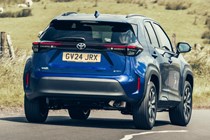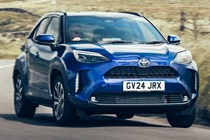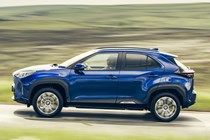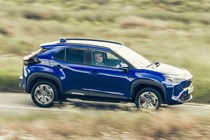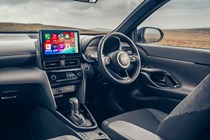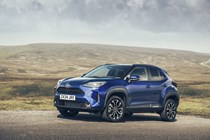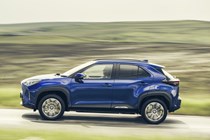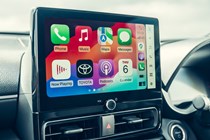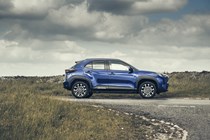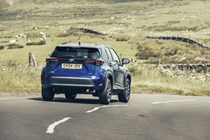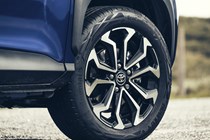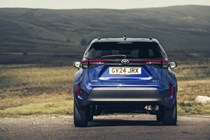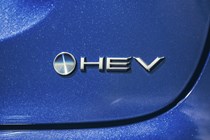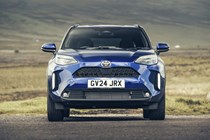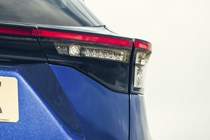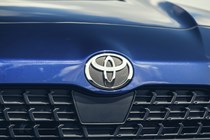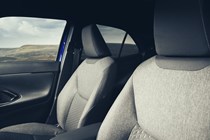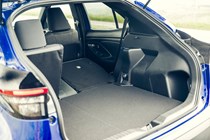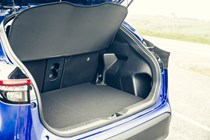Toyota Yaris Cross long-term test
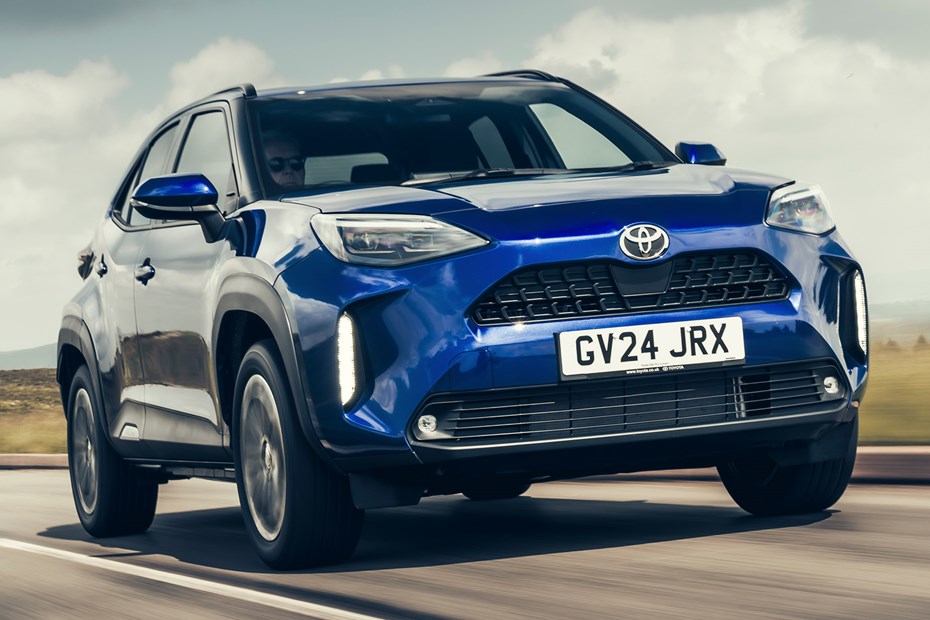
Murray Scullion on living with Toyota’s entry into the small SUV sector. This review is broken down into chapters – use the links below to navigate between them if you don’t fancy reading the whole article.
Update 2: Performance and handling
Update 1: Welcome
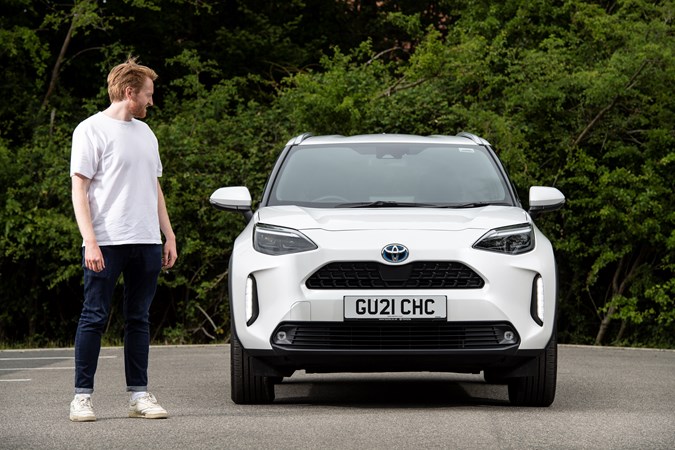
Here we have it – possibly the most sensible small SUV on the market. Up to a 10-year warranty, MPG promised in the sixties and a tall driving position with seats that are easy to get in and out of.
I’m a big fan of the regular Yaris but a bit of an SUV sceptic. There are quite a few out there which are pretty much just taller, more expensive hatchbacks.
The Yaris Cross is 240mm longer than the Yaris and 9cm taller. Boot space for the SUV is around 100 litres more and on first impressions, it’s impressively deep.
By the end of the six months I really need to answer two questions. Would I recommend a Yaris Cross over a standard Yaris? And would I recommend one as a standalone SUV product?
What about the spec?
There’s only one engine to choose from (a 1.5-litre hybrid) so you’ve basically just gotta select a trim level. We’ve gone for a Design spec car with 2WD, rather than AWD. This is the sweet spot in the Yaris Cross range for me.
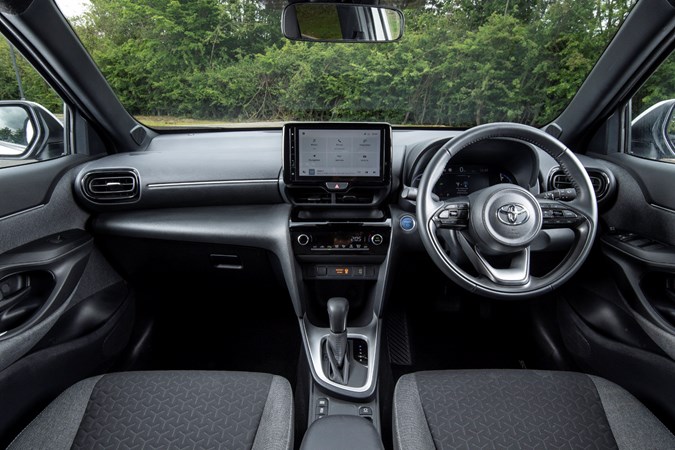
You get good looking 17-inch alloys, Apple CarPlay/Android Auto and Adaptive Cruise Control, but skip out on fripperies such as a heated steering wheel or AWD.
Other highlights include:
- LED front and rear lights
- Privacy glass
- Roof rails
Any extras?
The pearlescent Platinum White Pearl paint cost £920 and is worth it in my eyes. The standard solid Pure White is very appliance-like.
We’ve also gone with the £500 Tech Pack. This upgrades the 8-inch infotainment screen to a 9-incher and makes Apple CarPlay and Android Auto wireless. This seems like good value but further testing is required.
1 month in: first impressions
As I write this I’ve just ticked over 500 miles in the Yaris Cross. So far, it’s going pretty well. I’ve had a good look around and I think it’s an interestingly designed bit of kit. The boxy arches in particular have been a talking point at the Parkers office.
There are several upward creases and it kind of makes the car look like it’s flexing up and down in a cartoon, even while it’s stationary.
I’ve mostly covered motorway miles and so far I’ve averaged 60.3mpg, which is pretty impressive. The engine itself is as good as I remember it. A bit loud under harsh acceleration because of the CVT-style gearbox (you can read more on this in the driving section) but most of the time it’s very quiet. A fair bit of wind noise creeps in the front, but nothing the radio can’t drown out.
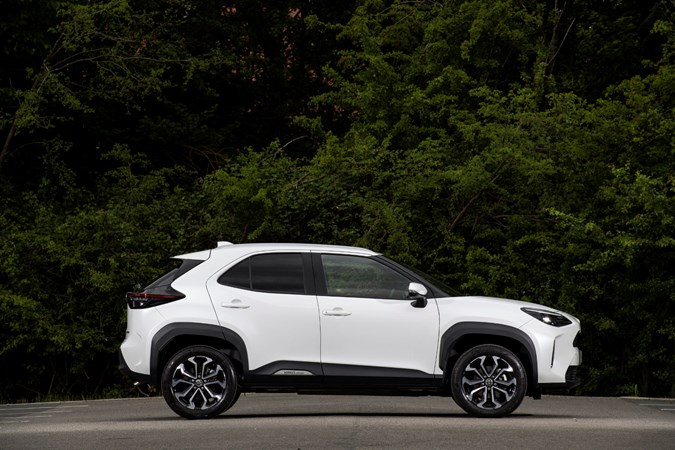
So far I’ve only experienced two irritations. First is the infotainment. Wireless Apple CarPlay sometimes drops out and I can hear my podcast, but can’t see it (or the Google Maps I tend to use) and I also find it annoying when a manufacturer supplies wireless phone connectivity but not wireless phone charging.
The other fly in the ointment is elbow comfort. Stay with me. The left armrest is a bit too low for my driving position and it can’t be brought up. While my right elbow generally leans on the driver’s door interior card, which feels scratchy and hard.
Update 2: Performance and handling
It’s about time we mused about performance, and rest assured, I’m not prattling on about lap times here. The measure of this car’s performance, especially at a time when fuel prices are historically high, is how many mpg it gets.
I figured a long journey was in order, and where better to go than Pembrokeshire? It’s a beautiful part of the world, somewhere I’ve never been, about a 600-mile round trip, plus the Yaris Cross is practically designed for this part of Wales. It’s hilly, tight, slow moving and full of grass verges to climb. Absolutely perfect for a narrow, hybrid SUV.
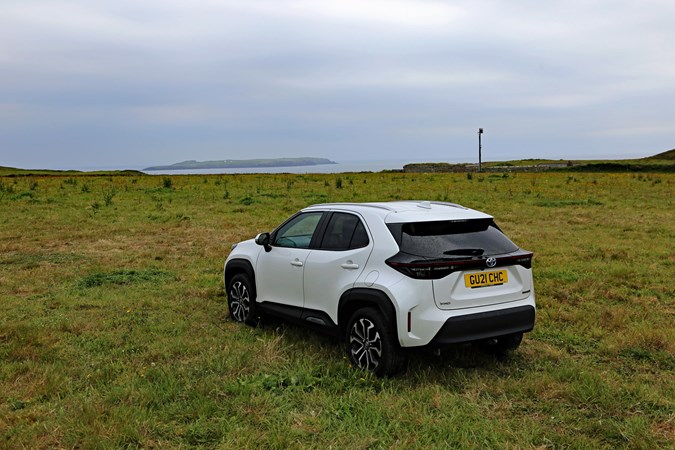
East London to South Wales involves a LOT of miles on the M4. During this time, I learned that the Yaris Cross is a comfortable motorway cruiser. I was particularly impressed by the lane-keeping and cruise control. They’re both easy to set up and unobtrusive. The cruise control slows you down naturally when approaching traffic too and isn’t at all jerky. However, every time I set it, I change the distance to as close to the car in front as possible. Can the little Cross not remember this, rather than make me tell it every time?
Another annoyance on the motorway is the lack of grunt. It’ll sit at 70mph absolutely fine, and accelerating onto a slip road is also no problem. But the 60-70mph shove when changing lanes can take ages, so you really need to plan ahead knowing you can’t just slip into the fast lane without impeding other drivers if the motorway is busy.
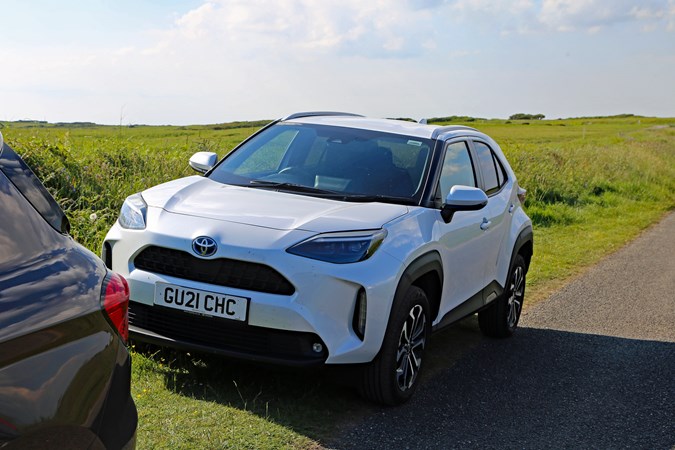
Off the motorway, the Yaris Cross came into its own. This part of Wales is full of Daihatsu Fourtraks and Suzuki Jimnys, other tall and slim SUVs, and with good reason. The single lane roads used to get to and from beaches, parks and other outdoorsy things are a massive pain in anything wider than this. Plus, the added suspension travel is useful when mounting grass verges and parking on rutted terrain.
How about that all important mpg? By the time I got home my average had grown from 60.3mpg to 63.3mpg. That’s not a huge increase, but it’s actually above its official WLTP rating of 62.7mpg. I can count on one hand the number of cars that I have driven where the car has actually beaten those scores, so I consider this as a huge win for the Cross. Especially as I wasn’t on an economy run. I followed the speed limits, had the air-con on and didn’t park myself behind a lorry for any NASCAR style slip streaming.
What about the handling?
Once the single lanes opened out a bit I got my first try at some tight, twisty and fun roads. The Yaris Cross is safe and predictable, but ultimately gives little in terms of involvement.
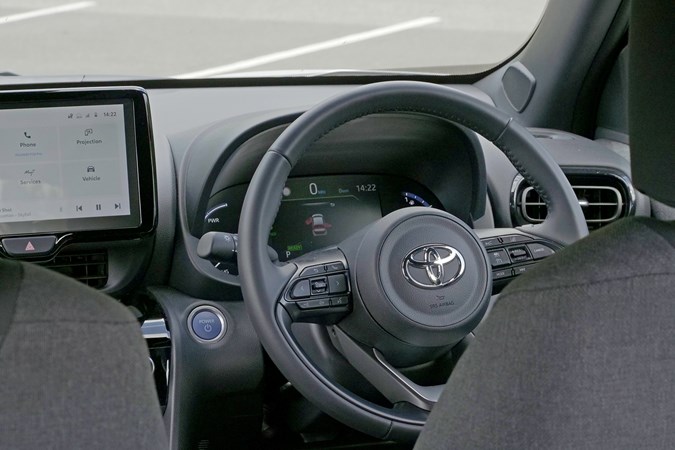
The steering is too light to really have much feedback, it’s not very direct and it broadly feels a bit inert. If you want the best-handling small SUV, the Ford Puma trounces the Yaris Cross.
But, on tight streets it’s easy to flick around a mini-roundabout and the light steering makes mincemeat out of parallel parking.



